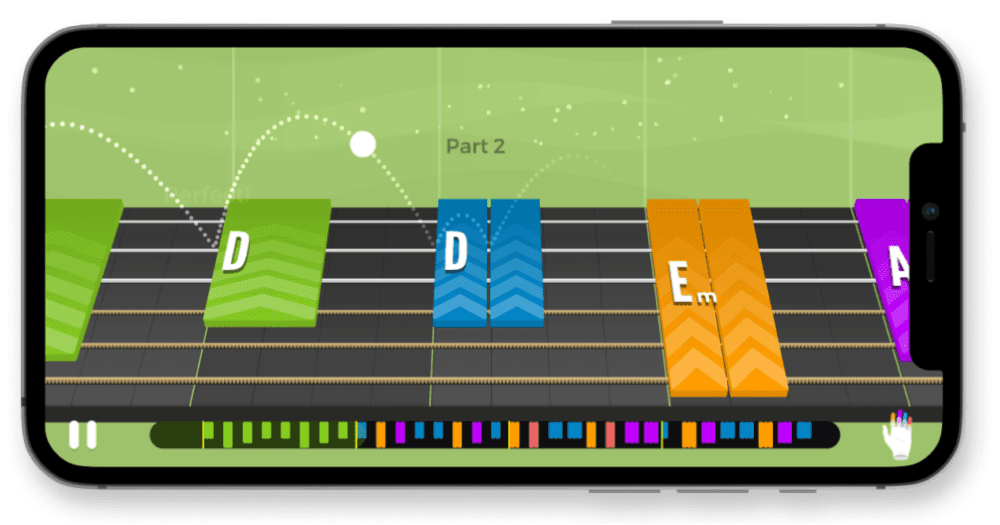Case StudyStream Team: Process - Integrating UX and Agile at Yousician
Yousician, a leading music education platform, faced challenges in ensuring that user experience (UX) design was effectively integrated into their Agile development process. The separation between UX design and Agile development led to misalignment, inefficiencies, and delays in product releases. This gap hindered the company's ability to deliver user-centered products at the pace required by the market.

The Solution
Yousician implemented a strategy to seamlessly integrate UX design into their Agile process. The approach involved several key components:
- Cross-Functional Teams: Forming cross-functional teams that included UX designers, developers, product managers, and other stakeholders to ensure collaboration from the outset.
- Shared Objectives: Defining shared objectives that aligned UX goals with Agile development goals, ensuring that both aspects were given equal importance.
- Sprint Integration: Incorporating UX activities into the Agile sprints, including user research, wireframing, prototyping, and usability testing, to ensure continuous user feedback and iteration.
- Design Sprints: Utilizing design sprints at the beginning of major projects to quickly develop and test ideas, ensuring that UX considerations were embedded early in the development process.
- Regular Check-Ins: Establishing regular check-ins and collaborative sessions between UX designers and developers to address any issues and ensure alignment throughout the sprint.
- Feedback Loops: Creating feedback loops where user insights from UX activities were continuously fed back into the development process to inform and guide iterations.
Outcomes achieved
The integration of UX design into the Agile process at Yousician led to several significant outcomes:
- Enhanced Product Quality: The continuous involvement of UX designers in the Agile process ensured that user needs were consistently addressed, leading to higher-quality, user-centered products.
- Improved Collaboration: The formation of cross-functional teams and regular check-ins fostered better collaboration and communication between UX designers and developers, reducing misalignment and delays.
- Faster Iterations: Incorporating UX activities into sprints and using design sprints enabled faster iterations and more efficient development cycles, allowing Yousician to respond quickly to user feedback and market demands.
- Increased User Satisfaction: Continuous user feedback and iterative design improvements resulted in products that better met user expectations and needs, enhancing overall user satisfaction.
- Agile Mindset: The integration process helped instill an Agile mindset within the UX team, enabling them to work more flexibly and adaptively in a fast-paced development environment.
